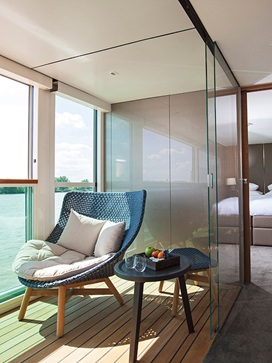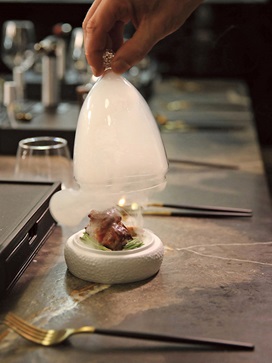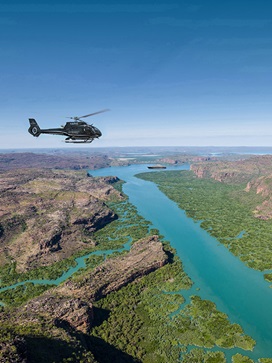An Ancient Wilderness Wonderland
Popular destinations
Create stories for life
Great stories are born of unforgettable moments. With Scenic it’s more than ultra-luxury travel. It’s seldom-seen lands, unrestricted global navigation and state-of-the-art ships allowing a front row seat to nature and culture as it unfolds before your eyes.
Start planning your journey
Featured Itineraries
Take a closer look at your next adventure and discover the magnificent destinations and voyages we have available.
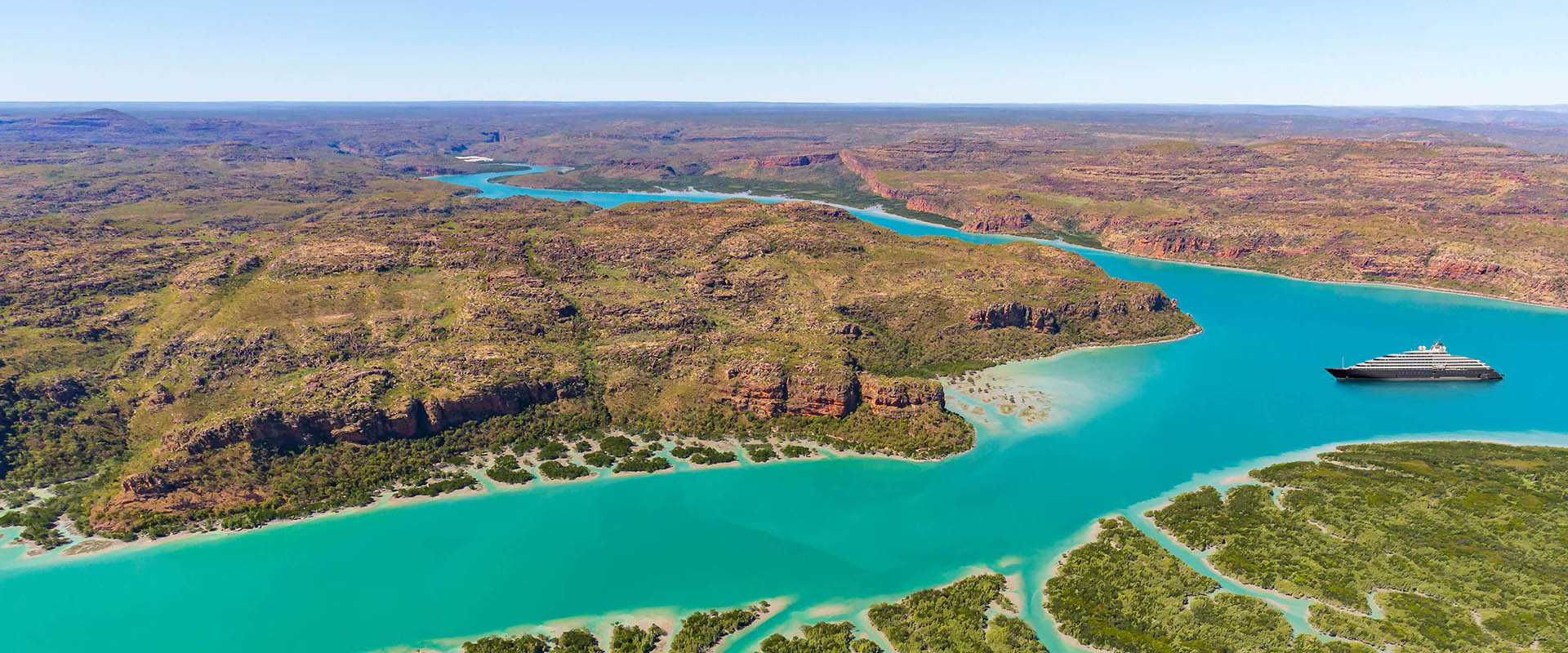
Darwin to Broome
11 Days
SEASON: 2024/2025Discover the Kimberley Coastline: An Ancient Wilderness
From
AUD
$16,465*
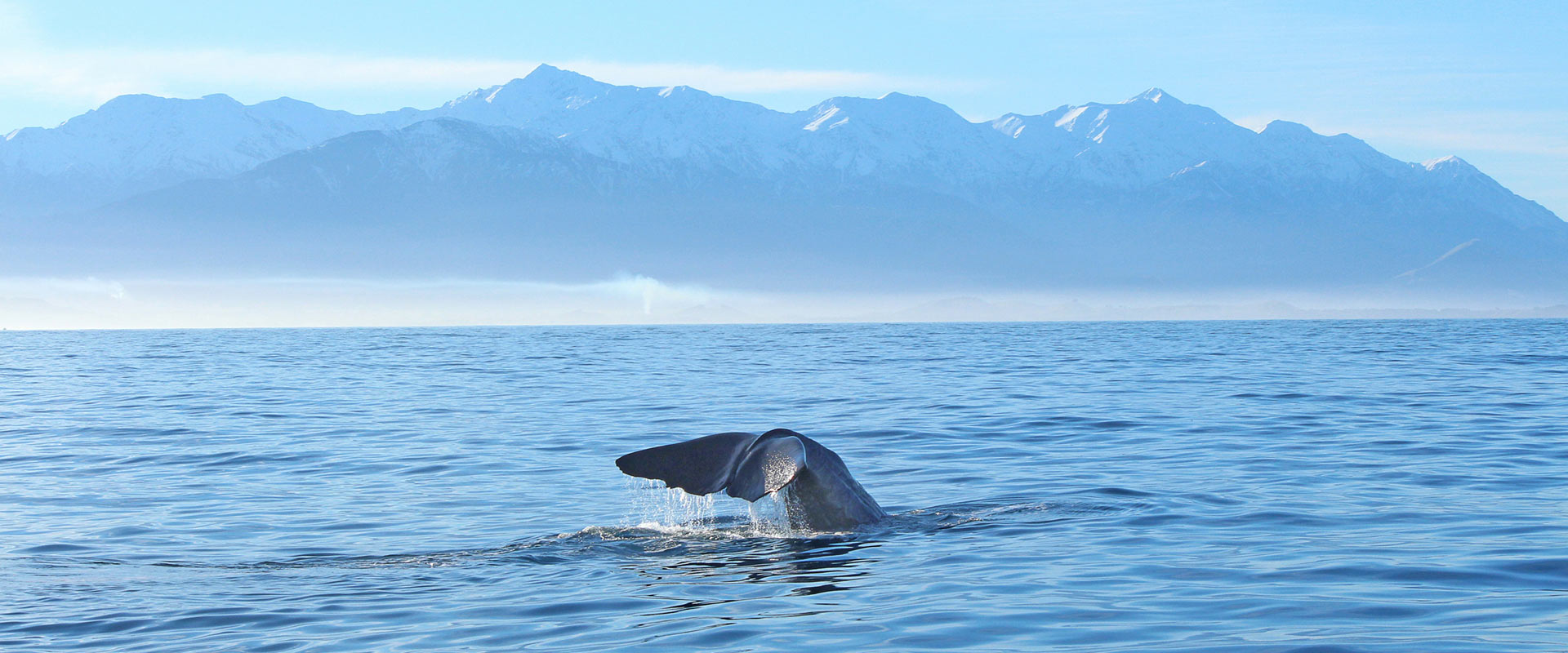
Dunedin to Auckland
12 Days
SEASON: 2024/2025New Zealand Delights
Spectacular New Zealand
From
AUD
$13,455*

Dunedin
24 Days
SEASON: 2024/2025Antarctica's Ross Sea: Majestic Ice & Wildlife
From
AUD
$41,460*
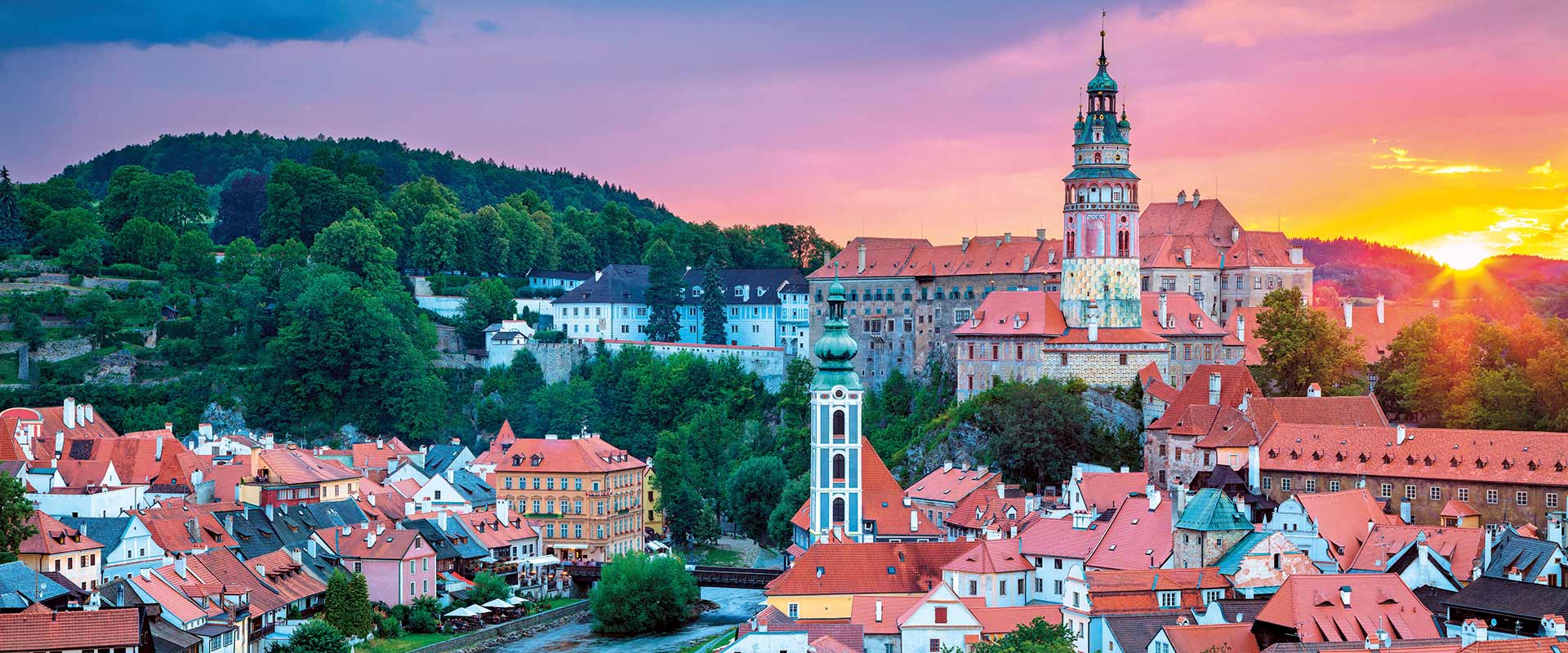
Budapest to Nuremberg
10 Days
SEASON: 2024Danube in Depth
Take a journey rich in culture and beauty
From
AUD
$4,405*
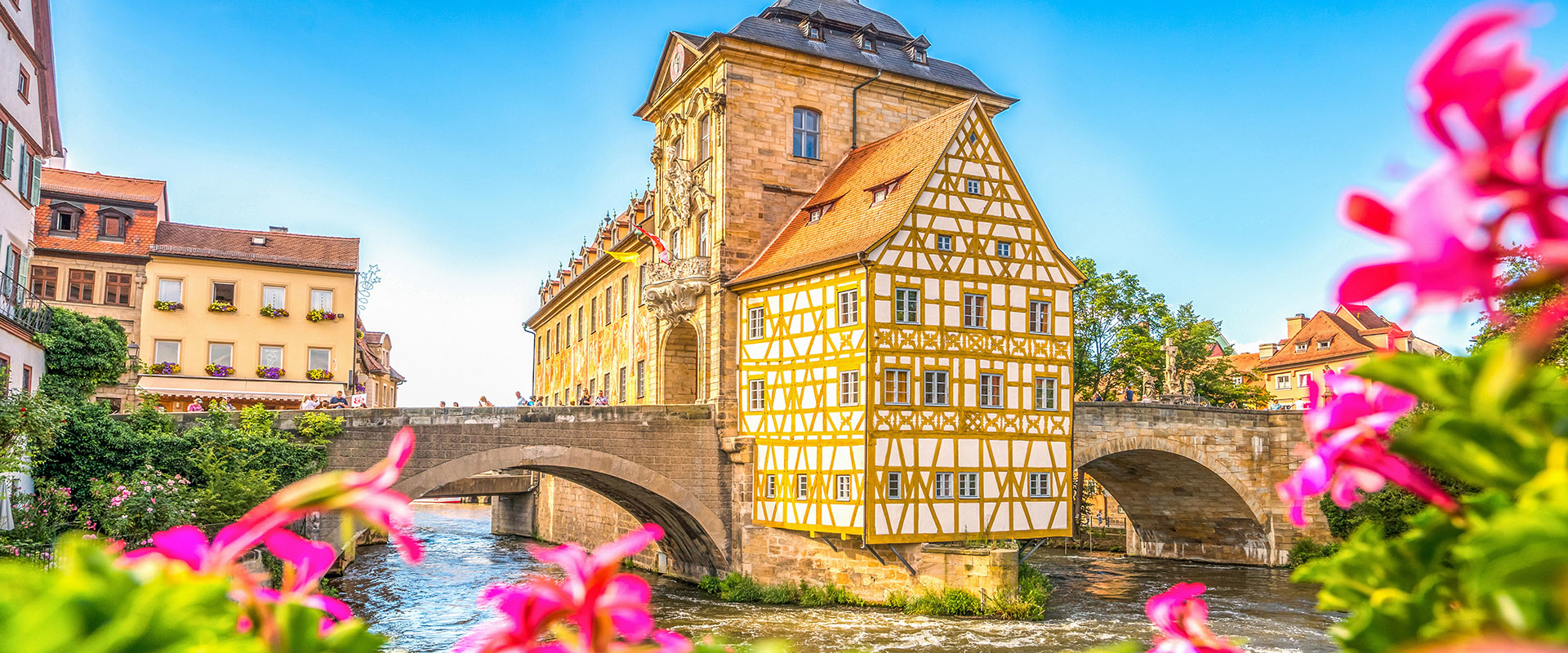
Amsterdam to Budapest
15 Days
SEASON: 2024Jewels of Europe
Europe’s most spectacular river discovery
From
AUD
$8,015*
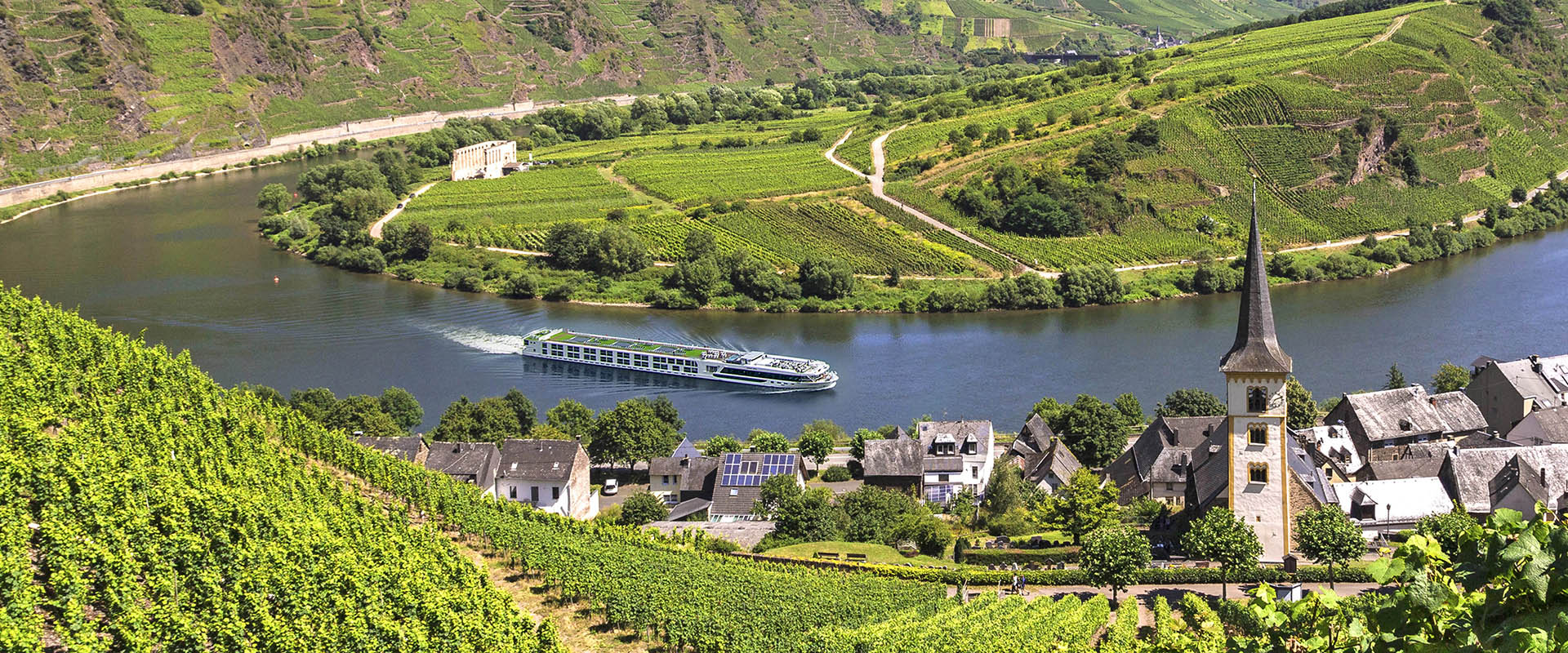
Amsterdam to Zurich
15 Days
SEASON: 2024Romantic Rhine & Moselle
Romance is alive and well on the Rhine
From
AUD
$10,145*
Stay up to date and be inspired
Yes, please keep me updated with the latest special offers, travel inspiration, product updates and event invites.


